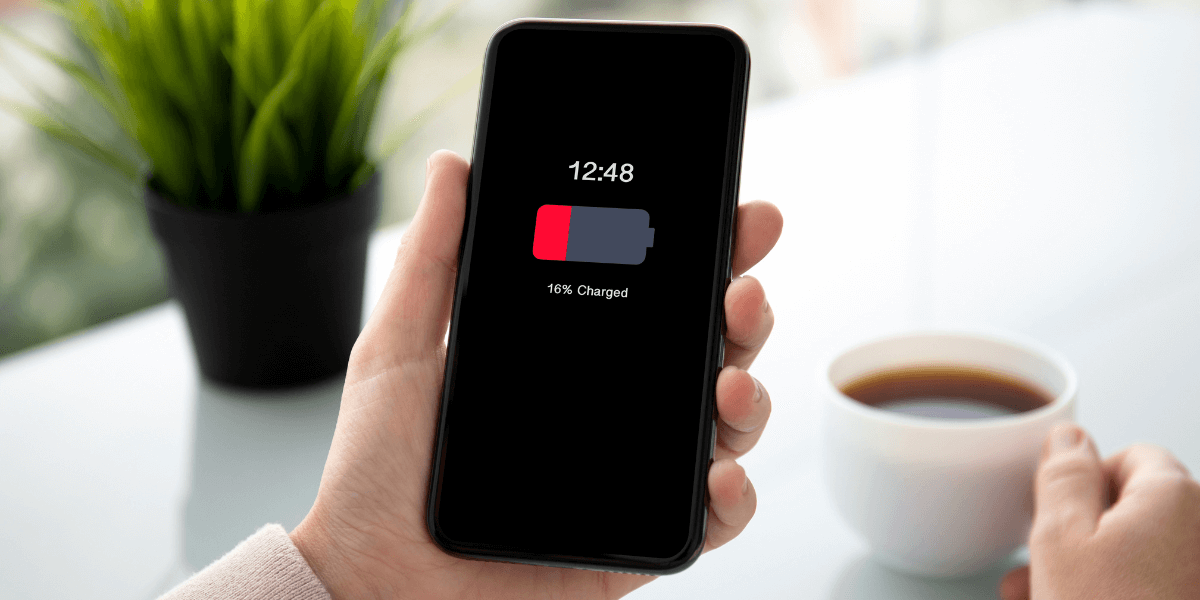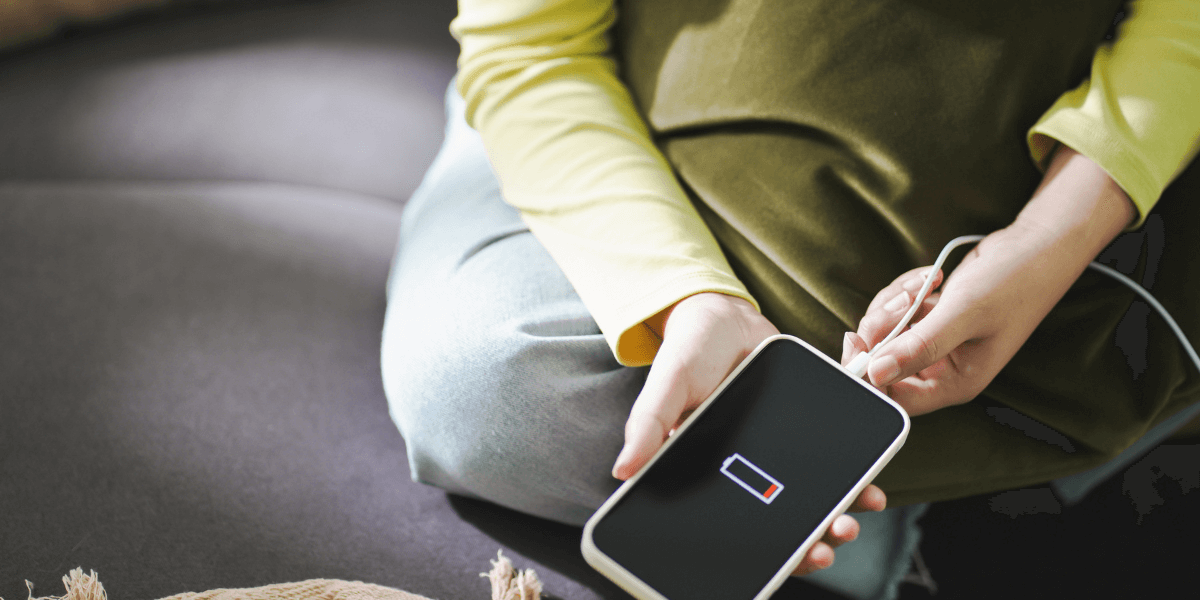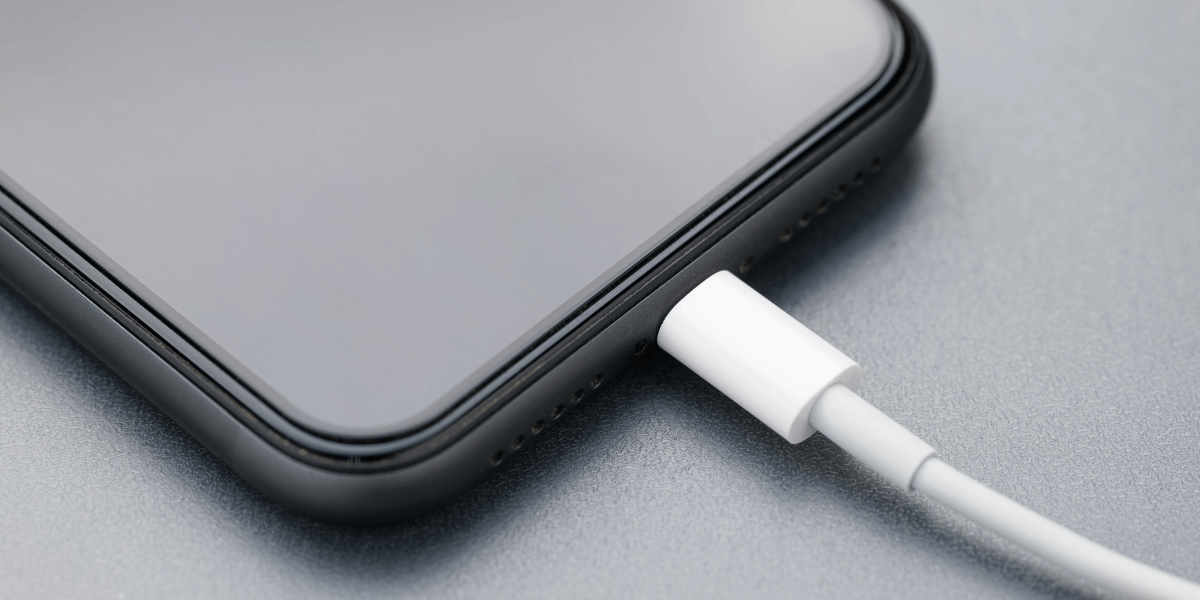How to Make Your Phone Battery Last Longer
Table of Contents
You’re about to snap the perfect sunset when suddenly your phone dies. We’ve all been there, watching helplessly as our battery percentage ticks to zero at the worst possible moment. But what if you make your phone battery last longer, and not just for a few extra minutes but for hours—or even extend its lifespan by months or years?
We’re about to reveal the most effective strategies for maximizing your phone’s battery life, whether you’re an iPhone devotee or an Android enthusiast. These aren’t just quick fixes—they’re proven techniques that can transform how long your phone lasts between charges and help preserve its health over time.
Universal Battery-Saving Tips for All Phones
Master Your Screen Settings
Your phone’s brilliant display might be a feast for your eyes, but it drains your battery the most. The good news is that a few simple adjustments can make a difference. Start by lowering your screen brightness—even a slight reduction can significantly extend your battery life. Enable auto-brightness to automatically adapt your phone to ambient lighting conditions, saving power when full brightness isn’t necessary.
Switching to dark mode can substantially reduce the power consumption of OLED screens. These screens use less power to display dark colors, mainly black, making dark mode a practical battery-saving feature. Shortening the screen timeout to 30 seconds ensures that the display doesn’t drain precious battery life when you’re not actively using your phone.
Smart App Management
Your apps may quietly drain your battery life even when you’re not using them. Resource-heavy applications like games, video editors, and streaming services are clear power drains, but even seemingly harmless apps can affect battery life through background processes.
Review your background app refresh settings and limit them to essential apps only. Those twenty browser tabs you’ve kept open might run power-hungry advertisements or videos in the background. Take a few minutes to close unnecessary tabs and uninstall apps you rarely use—they might still be running background processes that drain your battery.
Location Services Strategy
Location tracking is notorious for draining battery power, but you don’t have to sacrifice all location-based features to save power. Instead, take a strategic approach: Turn off location services for apps that don’t truly need them and set location access to “While Using" instead of “Always" for apps that require it. Navigation apps need location data but does your calculator app need to know where you are?
Consider disabling GPS when you’re not actively using navigation features, and review location-based system services to turn off ones you don’t need. Many apps request location access by default, but few require it for their core functions.

Charging your iOS device
iPhone-Specific Battery Tips
Leverage Built-in Battery Tools
Apple has built sophisticated battery management tools into iOS, but many users don’t fully utilize them. When battery life is running short, Low Power Mode is your friend. It temporarily reduces power consumption by disabling certain features and background activities until you can reach a charger.
Regular checks of your Battery Health settings can help you monitor your battery’s capacity over time and identify when it might need replacement. The Battery Usage data provides valuable insights into which apps consume the most power, helping you make informed decisions about your app usage patterns.
iOS Optimization Techniques
iOS offers several battery-saving features that many users overlook. Disable the “Raise to Wake" feature to prevent your screen from lighting up unnecessarily. Consider switching from push to manual mail fetch. Managing your notification settings can also prevent unnecessary screen wake-ups that drain your battery.
The way your iPhone handles background processes can significantly impact battery life. Manage your background app refresh settings to take control of these processes. While this feature helps keep your apps up to date, it can drain your battery quickly if too many apps are refreshing in the background. Review the list of apps with this permission and limit it to those you need to stay current.
While convenient, iCloud syncing can also silently drain your battery. If you find your battery depleting quickly, check your iCloud settings. You might not need every app to sync to the cloud constantly. Consider turning off sync for apps where real-time updates aren’t crucial or scheduling syncing for when your phone is charging.
Apple’s Optimized Battery Charging feature is another powerful tool for maintaining long-term battery health. This feature learns your daily charging routine and delays charging past 80% until you need it, reducing battery aging. While this might occasionally mean your phone isn’t at 100% when you wake up, the long-term benefits to your battery’s lifespan make it worthwhile.

For Android enthusiasts
Android-Specific Battery Tips
Power-Saving Modes
Android devices have various power-saving options that can significantly extend battery life. The standard Battery Saver mode is helpful for everyday use when your battery runs low. At the same time, Extreme Battery Saver can keep your phone running in emergencies by limiting functionality to essential features only.
Many Android phones also offer adaptive battery features that learn from your usage patterns to optimize power consumption. These systems identify apps you rarely use and prevent them from draining your battery in the background.
Display Optimization
Modern Android phones often have high-refresh-rate displays that look smooth but consume extra power. When battery life is crucial, consider lowering the refresh rate. Using a dark theme can save significant power if your phone has an OLED screen. Some phones even allow you to adjust the screen resolution—lowering it slightly can extend battery life with minimal impact on visual quality.
Advanced Android Features
Many Android devices have sophisticated AI-powered battery optimization features that can significantly extend battery life. Adaptive Battery learns how you use apps and limits power to those you rarely access. Some manufacturers also offer app sleeping or deep sleeping options, which prevent apps from running in the background unless you explicitly wake them.
Additionally, most Android phones now include customizable power modes. These aren’t just simple battery savers—they’re comprehensive power management profiles that can be tailored to your needs. For example, you might want to create different profiles for workdays, weekends, or travel, each with its own performance and power savings balance.
Another often overlooked feature is the ability to restrict apps that automatically start when you turn on your phone. Many apps set themselves to launch at startup, consuming power before you even begin using your phone. Review and adjust these settings in your phone’s startup manager or app permissions section.

Common misconceptions
Debunking Battery Myths
Before we discuss long-term care, let’s clarify some common misconceptions about phone batteries. Many users still believe they must drain their battery completely before charging, a relic from the days of older nickel-cadmium batteries. Modern lithium-ion batteries prefer partial charges, as complete discharges can strain the battery.
Another persistent myth is that using third-party chargers automatically damages your battery. While it’s true that low-quality chargers can be harmful, certified third-party chargers that meet your phone’s specifications are perfectly safe to use. The key is to stick with reputable manufacturers and avoid suspiciously cheap alternatives.
Long-term Battery Care
Proper battery maintenance involves developing habits that preserve the battery’s health over time. Keep your phone at room temperature whenever possible, as extreme temperatures can damage battery capacity. Avoid letting your battery completely drain or leaving it plugged in at 100% for extended periods. The sweet spot for battery longevity is keeping your charge level between 20% and 80%.
Regular system updates can improve battery efficiency through optimizations and bug fixes. Monitor your battery health statistics and look for unusual drain patterns that might indicate a problem. Consider a battery replacement if your battery capacity drops significantly or you experience unexpected shutdowns.
Environmental Considerations
Your phone’s battery is particularly sensitive to environmental conditions. Extreme temperatures, both hot and cold, can permanently damage battery capacity. Avoid leaving your phone in direct sunlight or in your car on hot days. Similarly, cold temperatures can temporarily reduce battery capacity and cause unexpected shutdowns.
Moisture is another enemy of battery health. While many modern phones are water-resistant, repeated exposure to humidity can gradually affect battery performance. Be careful about using your phone while charging in humid environments, as this can create additional heat that stresses the battery.
Find the Best Phone Deals in Your Area
Ready to upgrade to a phone with better battery life? Enter your zip code here to discover exclusive deals from carriers in your area. Whether you’re looking for the latest iPhone with its advanced battery health features or a new Android device with extensive power-saving capabilities, we’ll help you find the perfect phone at the best price.
Sources
[1] Support.google.com. “Android"
[2] Pcmag.com. “Tips to Boost Your Android Phone Battery Life"